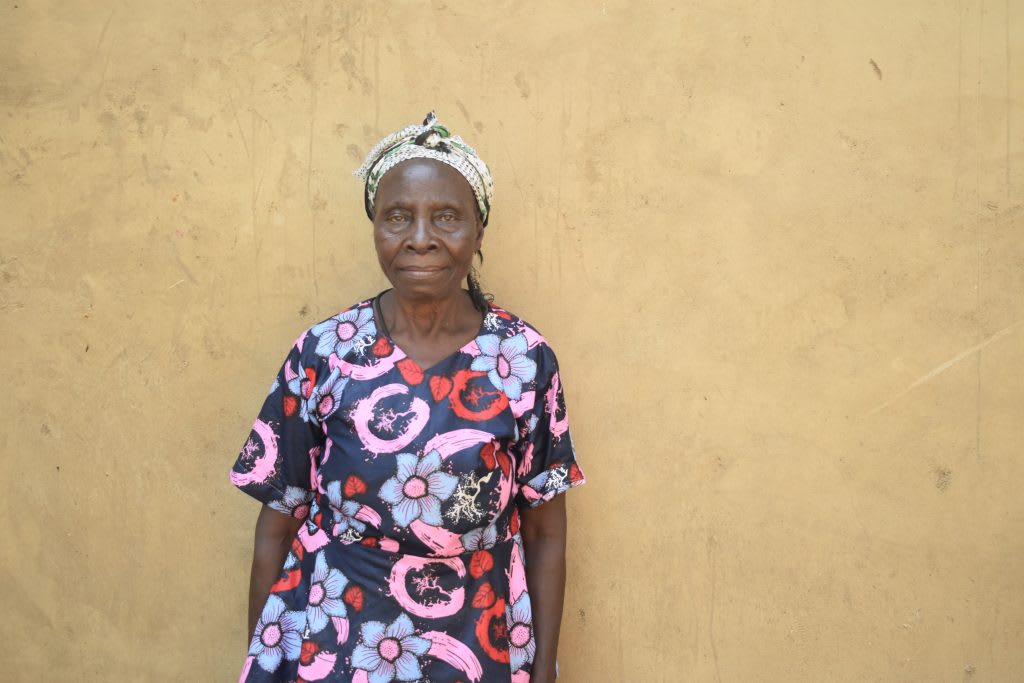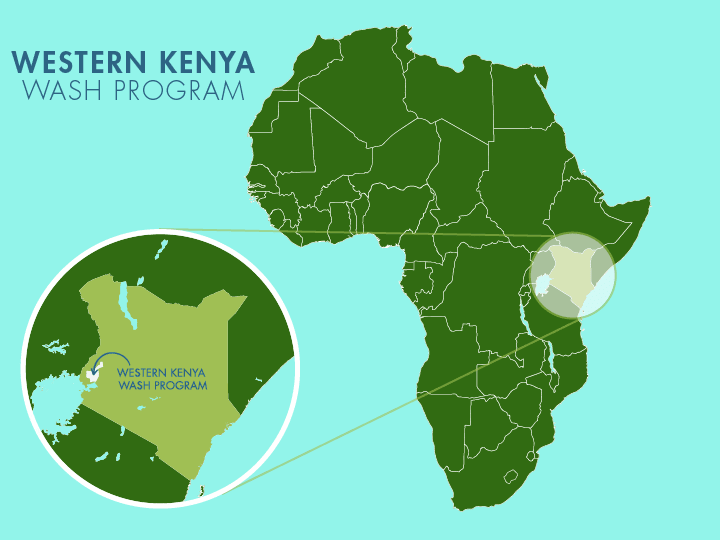The 350 members of the Mungakha Community have worked tirelessly for decades to maintain their only water source, the Munungo Spring. Although they have done their best, the spring is currently in a state of disrepair and can only provide questionable water. It is difficult to access, has cracks in the walls, an eroding spring floor, and a discharge pipe that is too small.
Originally built in 1992, the waterpoint is no longer safe. Without access to materials and technical support, the community cannot repair it independently. The structure is deteriorating. The cracks in the walls threaten contamination, and the eroding discharge pipe leaves the water bitter and rusty, but without an alternative, there is no choice but to drink it.
For elders like 75-year-old Leonida Maero, the risks of consuming the water are especially high.

Leonida.
"I have heard [from] some of the people in the community that they have had typhoid, while others [have] stomachache and diarrhea. That is why I boil my drinking water so that I prevent any illness since I am old," she said.
Leonida spends hours each day just trying to make her water safe. It's exhausting, and it keeps her from the things that matter most.
"As a former community health volunteer, I have worked in dispensaries and communities, and I have learnt that without water we cannot survive; therefore, water is a big component for living things to live," she continued.

Leonida struggles to lift her heavy water container.
Leonida understands the importance of clean water. But the time and energy it takes just to collect and treat water each day drains her.
"As a farmer, I have a number of cows, goats, and also cultivate. With less time at the waterpoint, I would be able to concentrate on improving and adding more cows and also get more income to educate some of my orphaned grandchildren," Leonida shared wishfully.
Her dream is simple: clean water, more time, and the chance to provide a better life for the next generation.

But right now, that dream is out of reach until the spring is protected.
Steps Toward a Solution
Our technical experts worked with the local community to identify the most effective solution to their water crisis. They decided to safeguard the existing flowing spring.
Spring Protection
Springs are natural water sources that originate from deep underground. As water travels through various layers of the earth, it undergoes a natural filtration process, making it cleaner and safer to drink. To protect these spring sources from contamination, we construct a waterproof cement structure around layers of clay, stone, and soil. This design channels the spring water through a discharge pipe, facilitating easier, faster, and cleaner water collection.
Chlorine Dispenser
As an extra measure towards water quality safety, uniquely engineered chlorine dispensers are installed at all of our spring protection projects so community members can treat their water with pre-measured doses of chlorine. The chlorine treats any possible contamination and stays active for two to three days, ensuring water stays safe to use even when stored at home. Chlorine delivery and maintenance of the dispensers are part of our ongoing community support.
Community Education & Ownership
Hygiene and sanitation training are integral to our water projects. Training is tailored to each community's specific needs and includes key topics such as proper water handling, improved hygiene practices, disease transmission prevention, and care of the new water point. Safe water and improved hygiene habits foster a healthier future for everyone in the community.
Encouraged and supported by our team's guidance, the community elects a water user committee representative of its diverse members. This committee assumes responsibility for maintaining the water point, organizing community efforts, and gathering fees to ensure its upkeep.

 Protected Spring
Protected Spring
 Rehabilitation Project
Rehabilitation Project


















